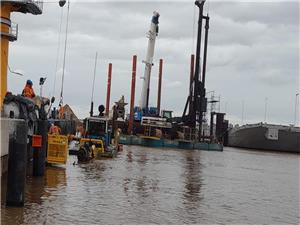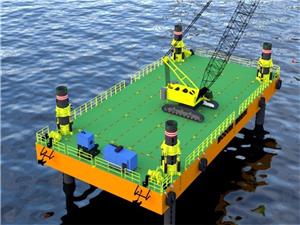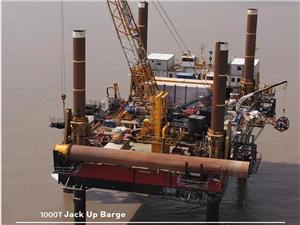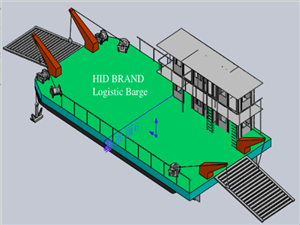Some of the Advantages of Dredging
Dredging is a fast and efficient sediment removal solution, and there are different types of dredges that can be used for this process. Sediment removal requires the use of a machine to excavate accumulated sediment and debris, and this machine is known as a dredge. It can be partially or completely submerged in water and will allow the operator to gather the sediment easily so that it can be transported to a different location.
Dredging can be used for a number of purposes, including waterway maintenance, excavation, creating waterways, reclamation, shore replenishment, wildlife preservation and eco-system maintenance, just to name a few examples. It provides numerous benefits for shipping, construction and other projects, and the following are some of the advantages of dredging:

Widening And Deepening
Sediment removal is important because it will help maintain the appropriate width and depth, which will allow for the safe and unobstructed passage of cargo vessels carrying oil, raw materials and other essential commodities. This makes it a critical part of the commercial shipping industry.
Waterway Project Preparation
Dredging is often a very important underwater excavation step when it comes to waterway construction projects like bridges, docks and piers.
Land Reclamation Projects
Sediment removal can be used as a source of materials for land building projects. Liberated sediment can be dried out and transported to another location that requires additional land for building purposes.
Environmental Remediation
Dredging has a number of environmental benefits as well, and sediment removal can help restore a shoreline or beachfront back to its original condition. This can be achieved because dredging can help reverse the effects of soil erosion.
Clean Up
Trash, debris, decaying vegetation, sludge, and toxic material spills can all contaminate water and soil, but dredging can clean up waterways by removing harmful contaminants.
Preserving Aquatic Life
Our planet is in need of a healthier aquatic eco-system, and dredging can help in this regard. It can help create a more suitable habitat for fish and other wildlife and can be used to remove trash and debris to keep waterways clean.
Pollution Removal
Bodies of water that are located close to urban areas or industrial complexes can quickly become polluted but sediment removal will prevent the accumulation of pollutants and will keep waterways both clean and healthy.
Dredges are used to remove muck and mud from either the bottom or side of a body of water. A submersible pump is used, and this component relies on suction to excavate the debris. A long tube will carry the sediment from the bottom of the water to the surface. Disposing of the dredged material must be done properly and in compliance with local government laws and regulations.
HID can provide you with more information regarding the different types of dredge and their uses. We are one stop supplier of ecological dredging system.




